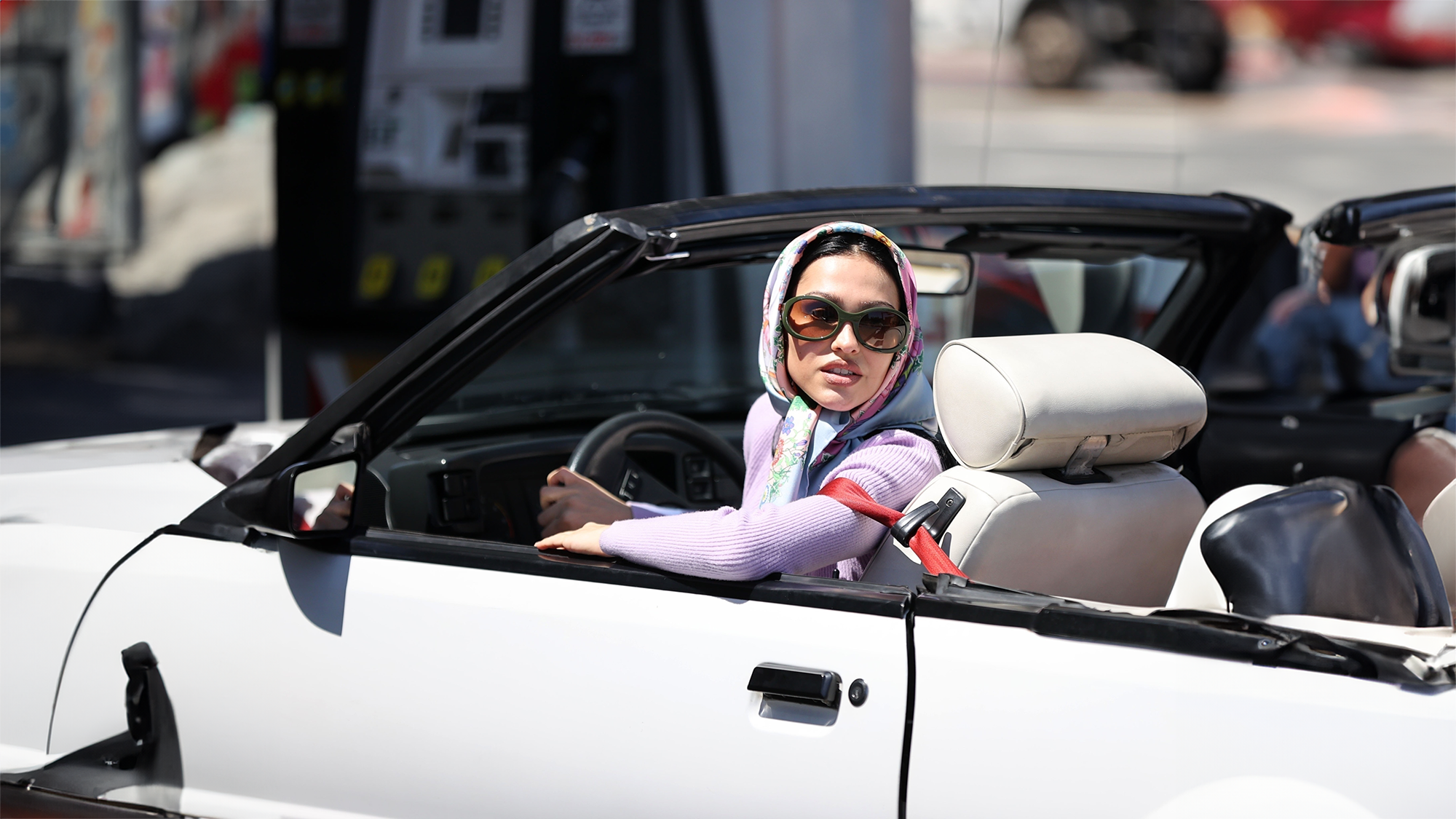Gucci is pleased to announce the opening of ‘Bamboo 1947: Then and Now. Celebrating 60 Years of Gucci in Japan’, a landmark exhibition now on display at the Gucci Ginza Gallery in Tokyo. Running until September 23rd, the exhibition honors Gucci’s 60 years in Japan with a unique blend of historical and contemporary perspectives on the iconic Bamboo 1947 bag.

Introduced in its eponymous year, the Bamboo 1947 bag quickly became a symbol of Gucci's innovative spirit and exceptional craftsmanship. Created by Guccio Gucci and his Florentine artisans, the bag's bamboo handles were a revolutionary design choice that set the Bamboo 1947 bag apart. Over the years, each of Gucci’s creative directors has reinterpreted this classic design, bridging the past and present while celebrating its enduring elegance.
The exhibition spans two floors of the Gucci Ginza Gallery. The 6th floor features approximately 400 Bamboo 1947 bags, ranging from archival pieces dating back to Creative Director Sabato De Sarno, as well as special pieces from collaborative projects with Japanese traditional crafts. This section showcases the rich history of the Bamboo 1947 bags and 1959 to the latest designs by offers an immersive experience of the House’s craftsmanship through the decades.

The 7th floor is dedicated to a unique collection of 60 vintage Bamboo 1947 bags from the 1980s and 1990s. These bags have been reimagined by a distinguished group of Japanese traditional artisans and contemporary artists, selected by Creative Director Sabato De Sarnofor this special exhibition. Each bag has been transformed into a unique work of art, blending Gucci’s timeless design with the rich tradition of Japanese craftsmanship.
Morihito Katsura, master goldsmith and Living National Treasure, and his apprentice Naoko Ai, have infused the Bamboo 1947 bags with their expert goldsmithing techniques. Their work features recreations of bamboo handles and closures in precious metals, embellished with traditional gold chasing and inlaying, reflecting methods developed from the Heian Period (794–1185).

Ai Tokeshi, a leading lacquerer, has ventured into working with leather for the first time, applying her traditional Ryukyuan techniques to create a modern expression of lacquerware. By integrating gold leafing and multiple layers of lacquer, Tokeshi captures the essence of Okinawa’s natural and historical beauty in a contemporary format.

Hirotsune Nakazato, a renowned ceramist has recreated the bamboo handles and closures in ceramic using hand-building methods. His meticulous process involved extensive experimentation with drying and firing techniques to achieve the perfect balance of durability and aesthetic appeal.

Daido Moriyama, the legendary photographer, has adorned the bags with his iconic imagery, printed across their surfaces. Moriyama’s dynamic, high-contrast photographs—spanning cityscapes and intimate portraits—bring a striking visual impact to each reimagined bag.

Yui Yaegashi has applied her abstract painting style to the bags, using freehand brushwork and layered colors to create delicate textures and subtle tonal variations. Her approach provides a unique artistic flair to each piece.

Nami Yokoyama has adapted her Neon series to the leather bags, employing traditional grisaille techniques to meticulously layer paint. Her photorealistic style enhances the material’s properties, adding a sophisticated layer of light and shadow to the bags.


























